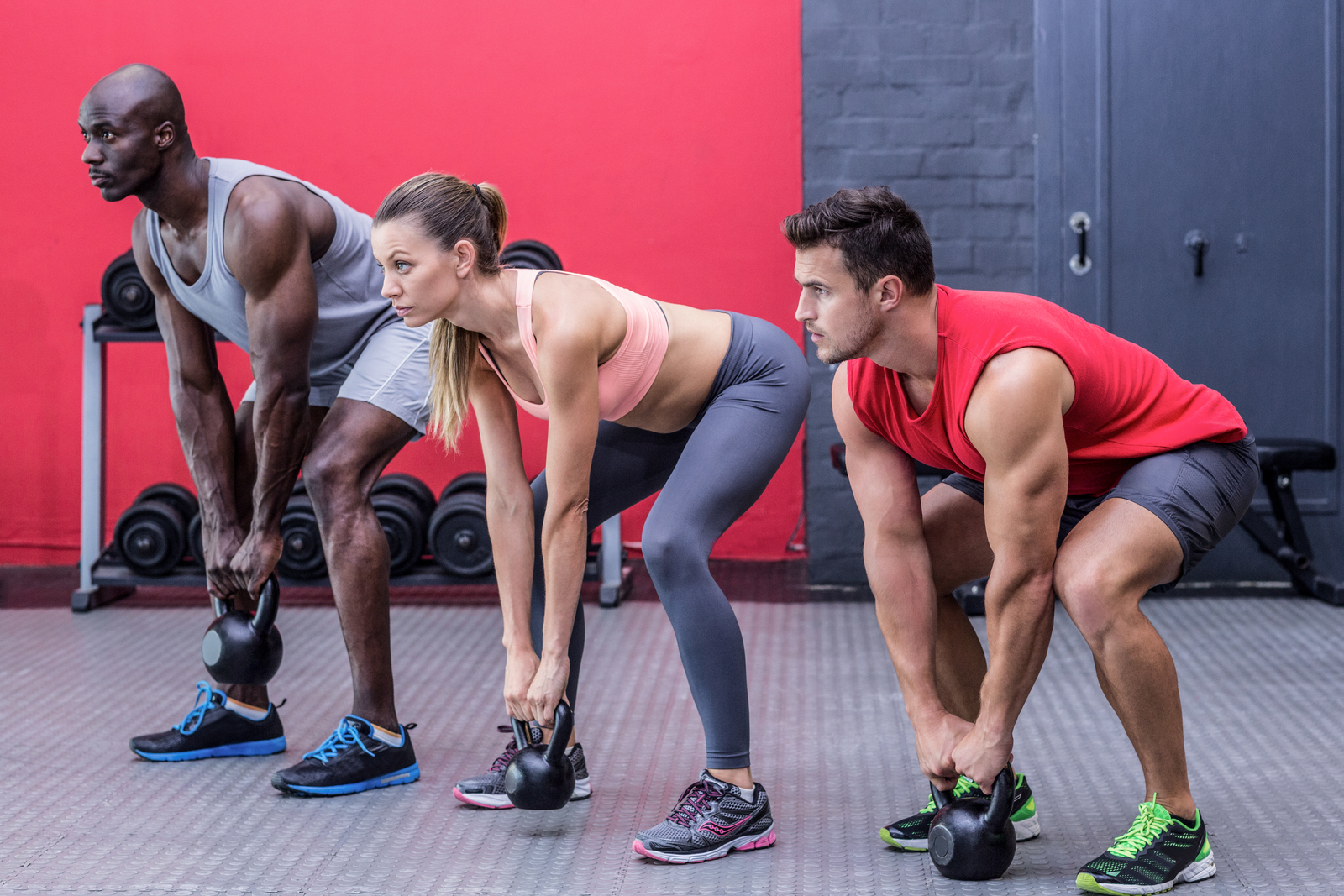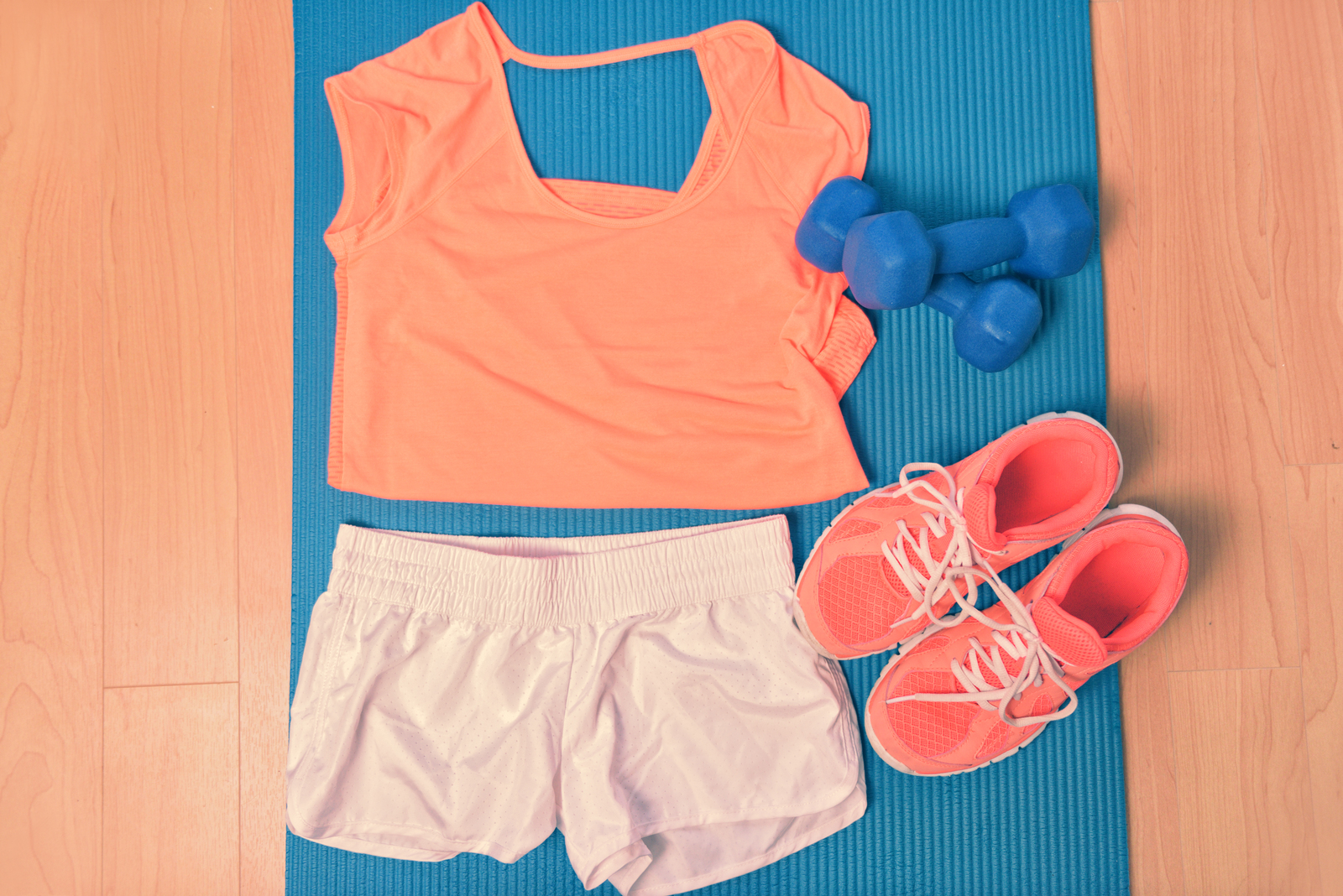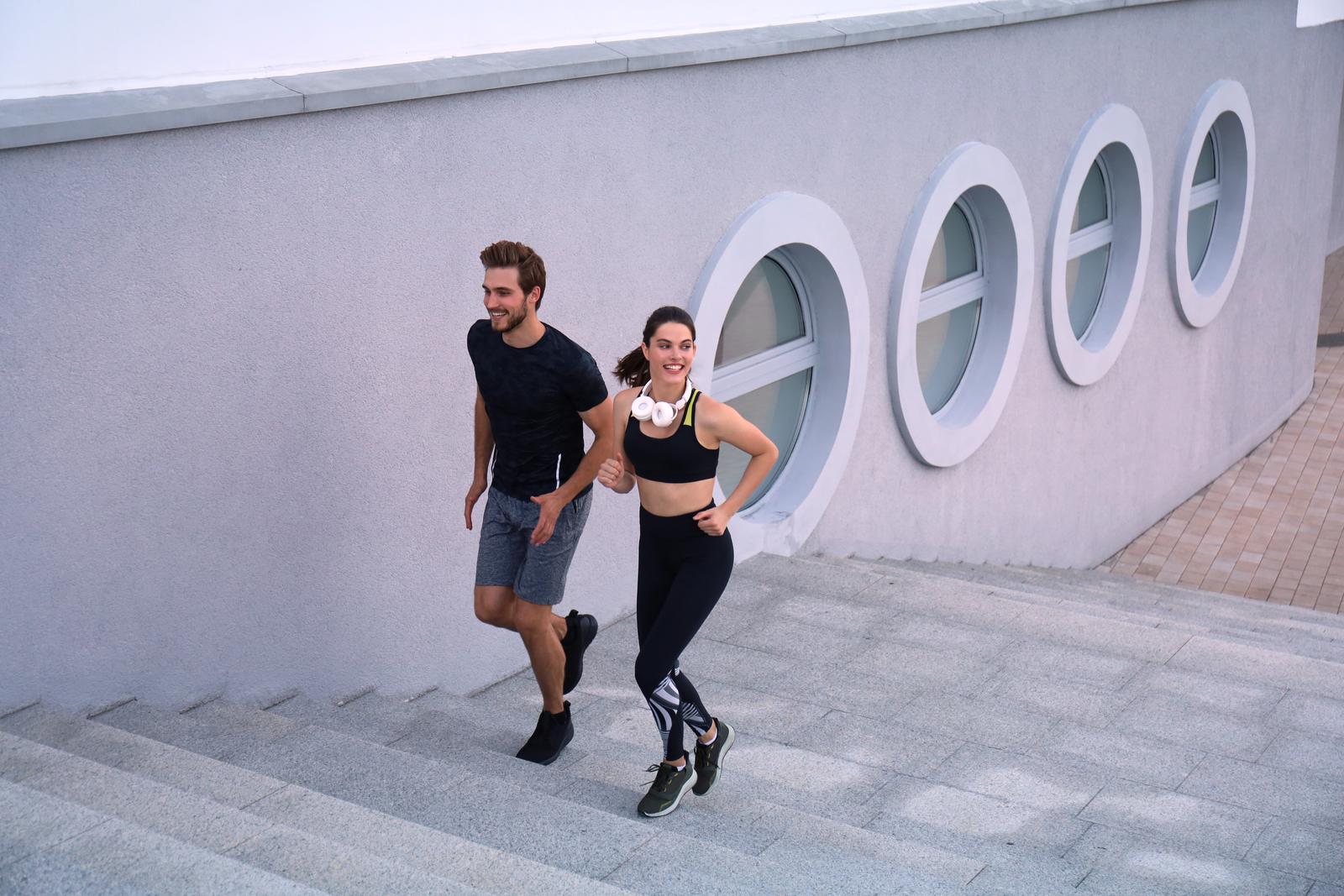
Top Exercises for Ultimate Strength and Conditioning Workout for Runners
Running is more than just a cardio workout; it’s a full-body endeavor that requires strength, stability, and endurance. A well-rounded strength and conditioning workout can help runners improve their performance, reduce the risk of injury, and enhance their overall fitness. Whether you’re training for a marathon or just enjoy running as a hobby, incorporating strength training into your routine is essential.
Why Strength and Conditioning Matter for Runners
Strength and conditioning workouts are crucial for runners because they help build the muscles needed for better running efficiency and injury prevention. These workouts focus on fortifying key muscle groups, improving balance and coordination, and enhancing cardiovascular health.
Benefits of Conditioning for Runners
For runners looking to elevate their performance and stay injury-free, conditioning offers numerous benefits. Let’s explore some key advantages:
Injury Prevention
Fortifying muscles, tendons, and ligaments reduces the risk of common running injuries. Additionally, improved muscle balance and joint stability help prevent overuse injuries. Incorporating these practices into your routine is essential for effective injury prevention.
Enhanced Performance:
Stronger muscles contribute to better running economy and speed. Additionally, increased power output from the legs leads to more efficient strides. Overall, incorporating conditioning can significantly enhance a runner’s performance.
Better Endurance:
Enhanced muscular endurance helps maintain performance during long runs, while improved cardiovascular health supports sustained running efforts. Together, these benefits contribute to a runner’s overall stamina and efficiency. By focusing on both areas, athletes can significantly boost their long-distance running capabilities.
Key Components of a Strength and Conditioning Workout
A comprehensive conditioning workout for runners should include exercises that target the lower body, core, and upper body. Additionally, it should incorporate flexibility and mobility work to ensure a balanced and effective routine.
Lower Body Exercises
Enhancing the lower body is crucial for runners as it directly impacts their running mechanics and power. Focusing on exercises that target the legs, hips, and core can lead to improved performance and reduced injury risk. Incorporating a variety of lower body workouts into a training regimen can help runners achieve their goals.
Squats
Squats are a fundamental exercise in any training routine. Here’s why they’re so important:
- Engage the quads, hamstrings, glutes, and calves.
- Improve overall leg power and stability.
Lunges
Incorporating lunges into your workout routine can provide numerous benefits:
- Target the quads, hamstrings, glutes, and hip flexors.
- Enhance balance and coordination.
Deadlifts
Deadlifts are essential for building overall stability and muscle. Here’s why they should be part of your fitness routine:
- Develop the hamstrings, glutes, lower back, and core.
- Promote proper posture and hip hinge movement.
Core Strengthening Exercises
Core exercises are essential for runners. A strong core helps maintain proper running form, which is crucial for efficiency and performance. Additionally, it reduces the risk of injury, allowing runners to stay active and healthy.
Planks
Incorporating planks into your workout routine offers numerous benefits:
- Engage the entire core, including the rectus abdominis, obliques, and transverse abdominis.
- Improve stability and endurance.
Russian Twists
Looking to enhance your core and overall fitness? Try incorporating Russian Twists into your routine!
- Target the obliques and improve rotational power.
- Enhance balance and coordination.
Bicycle Crunches
For a comprehensive core workout, try incorporating the following exercise:
- Work the rectus abdominis and obliques.
- Improve overall core stability and endurance.
Upper Body Exercises
Running primarily uses the lower body, but a strong upper body can aid in maintaining proper form and balance. It’s important to incorporate upper body exercises into your routine. These exercises will enhance your overall performance.
Push-ups
Push-ups are a fundamental exercise in any fitness regimen due to their simplicity and effectiveness. Here’s why you should include them:
- Strengthen the chest, shoulders, triceps, and core.
- Improve upper body endurance and stability.
Pull-ups
If you’re looking to build upper body power, pull-ups are a fantastic exercise.
- Target the back, shoulders, and biceps.
- Enhance upper body and grip.
Dumbbell Rows
If you’re looking to enhance your upper body workout, consider incorporating dumbbell rows into your routine.
- Work the upper back, shoulders, and biceps.
- Improve posture and upper body conditioning.
Flexibility and Mobility Work
Flexibility and mobility are essential for runners to maintain a full range of motion and prevent injuries. These practices help ensure that muscles and joints function optimally, reducing the risk of strains and sprains. Incorporate flexibility and mobility work into your routine to enhance your overall running performance.
Dynamic Stretching
Before starting your run, it’s important to prepare your body properly. Here’s a quick guide to dynamic stretching:
- Perform leg swings, arm circles, and hip rotations before running.
- Warm up the muscles and prepare them for activity.
Static Stretching
After your run, it’s important to take time to cool down properly. Here’s how static stretching can help:
- Stretch major muscle groups like the hamstrings, quads, calves, and hip flexors after running.
- Improve flexibility and reduce muscle tension.
Foam Rolling
Foam rolling is a great way to enhance your recovery process and reduce muscle soreness. Here’s how to get started:
- Use a foam roller to massage tight muscles and release knots.
- Enhance recovery and reduce muscle soreness.
Sample Strength and Conditioning Workout
Here’s a sample workout to get you started. Perform this routine 2-3 times per week.
Warm-Up (10 minutes)
Start your workout with this engaging warm-up routine to prepare your body for physical activity and prevent injuries.
Dynamic Stretching:
- Leg Swings (forward and sideways) – 2 sets of 15 reps each leg.
- Arm Circles – 2 sets of 15 reps each direction.
- Hip Rotations – 2 sets of 15 reps each side.
Lower Body Circuit (3 sets)
Get ready to strengthen your legs with this challenging lower body circuit. Perform 3 sets of the following exercises:
Squats:
- 15 reps
- Rest 30 seconds
Lunges:
- 12 reps each leg
- Rest 30 seconds
Deadlifts:
- 10 reps
- Rest 30 seconds
Core Circuit (3 sets)
Get ready to strengthen your core with this effective circuit workout! Follow the routine below for a powerful core session.
Planks:
- Hold for 60 seconds
- Rest 30 seconds
Russian Twists:
- 20 reps (10 each side)
- Rest 30 seconds
Bicycle Crunches:
- 20 reps (10 each side)
- Rest 30 seconds
Upper Body Circuit (3 sets)
Ready to build strength and tone your upper body? Give this circuit workout a try!
Push-ups:
- 15 reps
- Rest 30 seconds
Pull-ups:
- 8 reps (use assistance if needed)
- Rest 30 seconds
Dumbbell Rows:
- 12 reps each arm
- Rest 30 seconds
Cool Down (10 minutes)
After your workout, it’s crucial to properly cool down to aid recovery and prevent injury. Here’s a simple routine to follow:
Static Stretching:
- Hamstrings, Quads, Calves, Hip Flexors – Hold each stretch for 30 seconds.
Foam Rolling:
- Roll out each major muscle group for 1-2 minutes.
Conclusion
Incorporating a strength and conditioning workout into your running routine can significantly enhance your performance, reduce the risk of injury, and improve your overall fitness. By focusing on key muscle groups, flexibility, and mobility, you’ll be better prepared to tackle your running goals with confidence.
Take Your Running Performance to the Next Level
We hope this comprehensive guide has provided you with valuable insights and practical tips to integrate strength and conditioning into your running routine. The journey to becoming a stronger, faster, and more resilient runner doesn’t end here! Sign up for our newsletter to receive more expert advice, workout plans, and exclusive content designed to help you achieve your running goals.
Stay updated with the latest trends, training techniques, and motivational stories that will inspire you to push your limits. Remember, every step forward is a step towards success, and we’re here to support you every stride of the way. Don’t miss out—subscribe to our newsletter today and elevate your running game!




